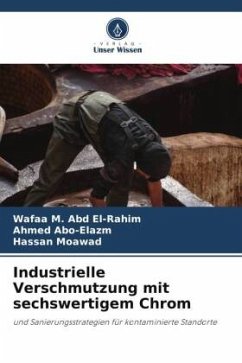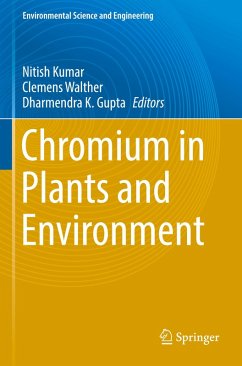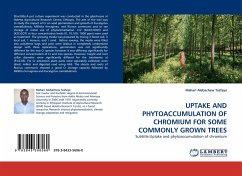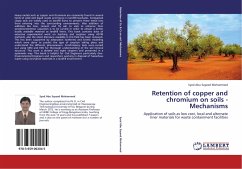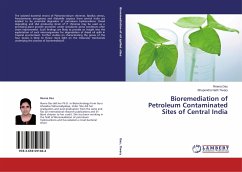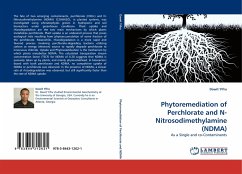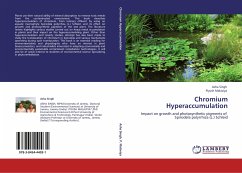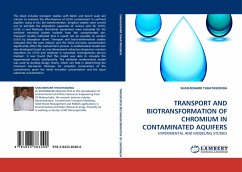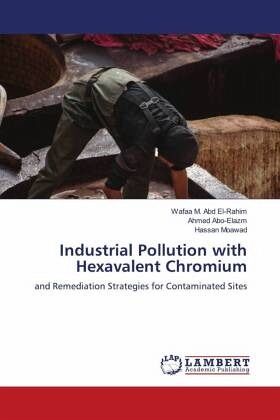
Industrial Pollution with Hexavalent Chromium
and Remediation Strategies for Contaminated Sites
Versandfertig in 6-10 Tagen
29,99 €
inkl. MwSt.

PAYBACK Punkte
15 °P sammeln!
Environmental pollution by heavy metals in general and hexavalent chromium, in particular, is becoming a major source of health risk since it causes several serious diseases. The increased environmental pollution by heavy metals is mainly due to industrial activities; therefore a high level of heavy metal contamination is found in industrial areas. The remediation of heavy metal contaminated soils, groundwater, and surface water requires special remediation technologies to remove the metals from contaminated areas. The most stable and common forms in the environment are the trivalent Cr(III) a...
Environmental pollution by heavy metals in general and hexavalent chromium, in particular, is becoming a major source of health risk since it causes several serious diseases. The increased environmental pollution by heavy metals is mainly due to industrial activities; therefore a high level of heavy metal contamination is found in industrial areas. The remediation of heavy metal contaminated soils, groundwater, and surface water requires special remediation technologies to remove the metals from contaminated areas. The most stable and common forms in the environment are the trivalent Cr(III) and the hexavalent Cr(VI) chromium. The principle of the Cr(VI) bioremediation approach is based on the reduction of Cr(VI) to Cr(III). In recent years, several bacterial strains have been evaluated to determine their efficiency at reducing Cr(VI) to Cr(III). The indigenous or domesticated high-performing bacteria can be employed to bio-remediate Cr(VI)-contaminated soils and wastewater. Thiswork takes a look at the highly efficient microorganisms, adapted to environments, for the purpose of using them in the bioremediation of Cr(VI) pollutants in heavily contaminated soils and wastewaters.



